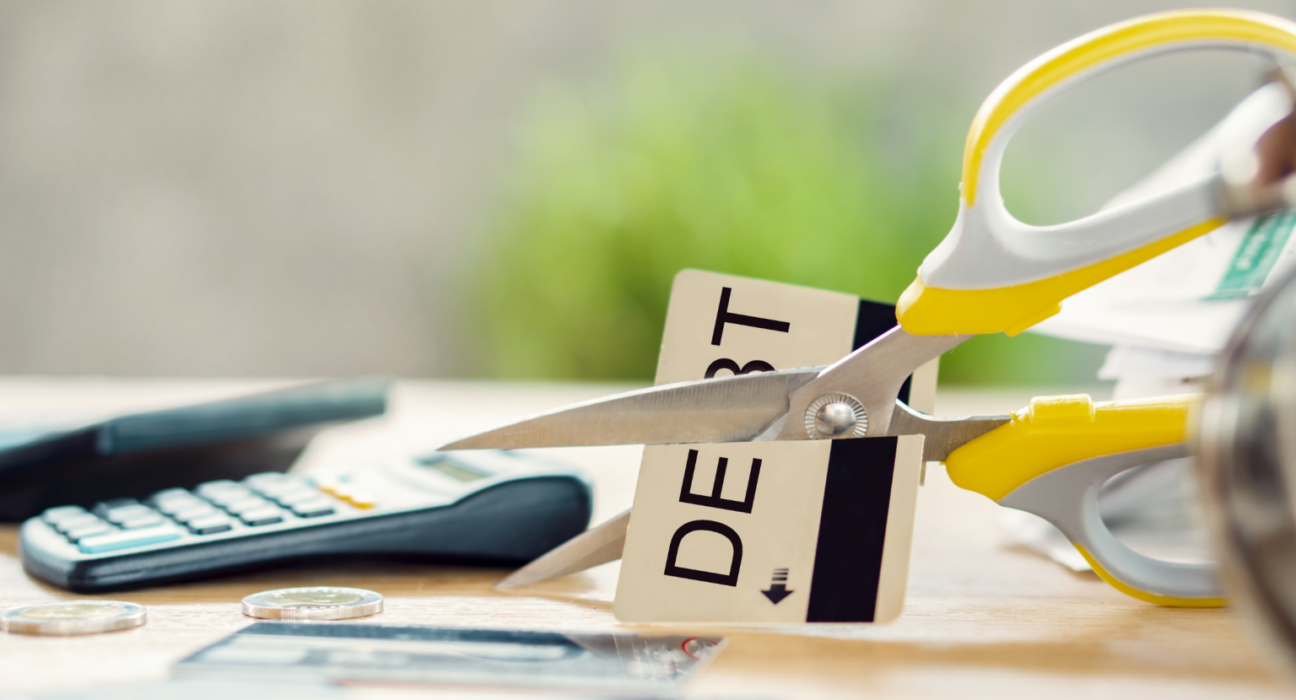This guide equips you with the knowledge and tools to tackle credit card debt and achieve financial peace. Here’s a breakdown of the steps you can take:
1. Build a Budget: The Foundation for Success
Financial stability is crucial for eliminating debt. Creating a realistic budget that tracks your income and expenses is the first step. This will help you:
- Avoid adding to your debt by ensuring your income exceeds your spending.
- Direct extra money towards your debt to accelerate repayment.
2. Choose Your Debt Payoff Method
While simply throwing extra money at your debt is helpful, strategic approaches can improve your chances of success. Here are two popular methods:
- Debt Snowball:
- Prioritize paying off the card with the smallest balance first.
- This method provides a quick win and a confidence boost as you eliminate debts one by one.
- Debt Avalanche:
- Focus on the card with the highest interest rate first.
- This method minimizes the total interest you pay over time.
3. Consider Debt Consolidation for Lower Rates
High-interest rates can hinder your progress. Explore options to consolidate your debt at a lower rate:
- 0% Balance Transfer Cards:
- Move your debt to a new card with a 0% introductory APR to temporarily avoid interest charges. Be mindful of balance transfer fees and the interest rate after the introductory period ends.
- Debt Consolidation Loans:
- If you qualify, a personal loan with a lower interest rate than your credit cards can save you money in the long run. Remember, maintaining aggressive payments is key even with a lower rate.
4. Negotiate with Lenders for a Better Deal
Sometimes, you can negotiate a lower interest rate directly with your current credit card issuer. Highlight your positive payment history, long-term relationship, or improved credit score to increase your chances of success.
5. Use Retirement Account Funds as a Last Resort
Raiding your retirement savings is generally discouraged due to:
- Loss of time value of money: Retirement savings grow over time, and early withdrawals can significantly impact your future financial security.
- Potential penalties: Withdrawing funds before age 59 ½ could result in taxes and penalties.
6. Consider a HELOC (Weigh the Risks Carefully)
A Home Equity Line of Credit (HELOC) allows you to borrow against your home’s equity to consolidate debt. However, this approach comes with significant risks:
- Risk of foreclosure: If you fail to make HELOC payments, you could lose your home.
7. Seek Help from a Credit Counseling Service
Non-profit credit counseling services can provide valuable guidance and support:
- Debt management plans: Consolidate your debt into a single monthly payment for easier management.
- Lower interest rates: Credit counseling services may negotiate lower rates with your creditors on your behalf.
- Expert guidance: A credit counselor can offer budgeting advice and help you stay on track.
8. Debt Settlement: A Last Option with Consequences
Debt settlement involves negotiating with creditors to settle your debt for less than the full amount owed. Consider the drawbacks:
- Damaged credit score: Debt settlement can significantly hurt your credit score for several years.
- Potential for scams: Beware of debt settlement companies that charge upfront fees or make unrealistic promises.
9. Conclusion: The Road to Freedom from Debt
Credit card debt can be overwhelming, but it’s not insurmountable. With a solid plan, commitment, and the right tools, you can achieve financial freedom. Remember, the long-term benefits of being debt-free are worth the effort.
